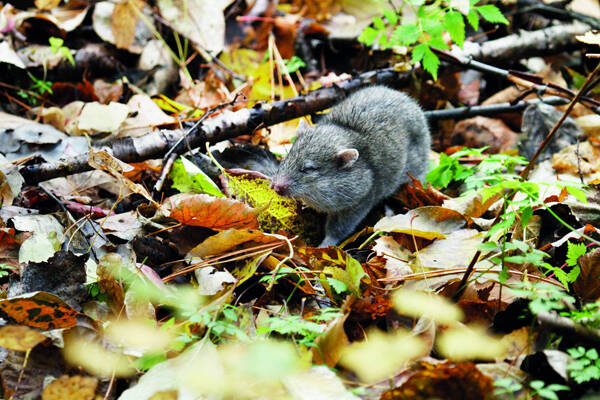
The status of the giant hamster species is stable, and there are some differences in the genus it belongs to. Some scientists regard it as a species of the genus Cricetulus, and most scientists agree that it belongs to the genus Tscherskia. There are many subspecies differentiations, and there are 5...
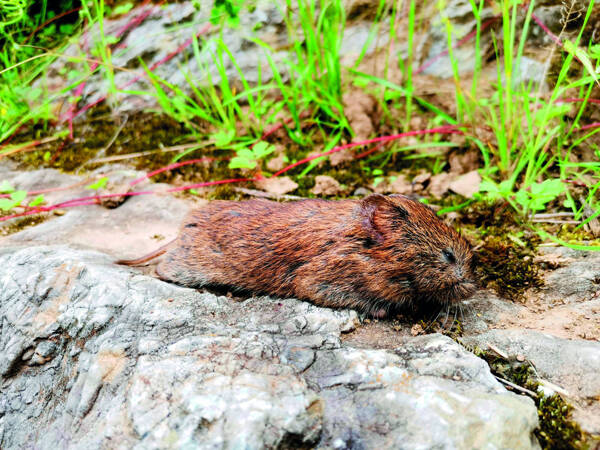
The species status is stable, but the genus status is somewhat controversial. It was first named as the genus Microtus. Some people believe that it belongs to the genus Microtus (<Microtus>), while others believe that it belongs to the genus Neodon (<Neodon>). Molecular systematic studie...
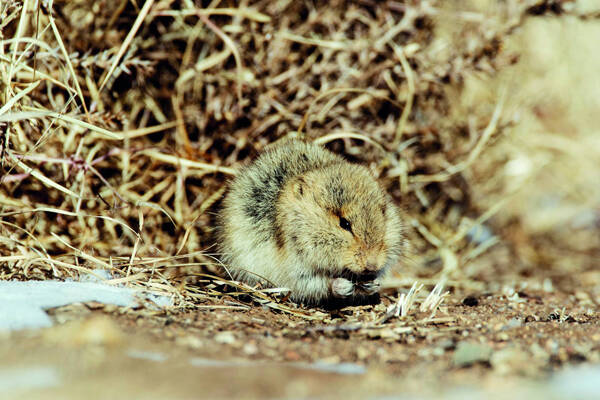
The status of Brandt's vole species is stable, but there has been a long-standing debate about which genus it belongs to. Sometimes it is placed in the genus Microtus and sometimes in the genus Phaiomys. Molecular systematics finally confirmed that it is an independent genus, namely the genus La...
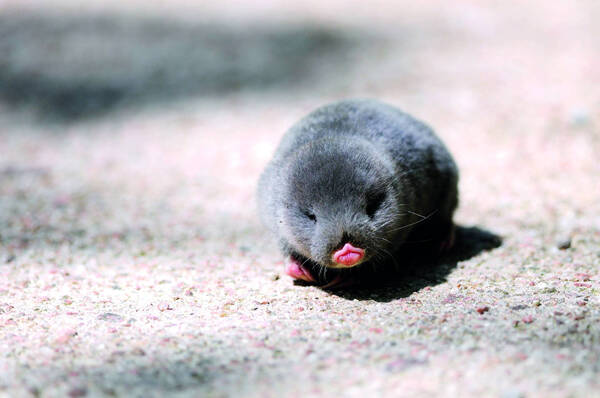
The species status of Roth's zokor is stable, but the genus status is controversial. Sometimes the species is placed in the genus <Myospalax>, subgenus <Eospalax>. Some scientists upgrade the subgenus to the genus Eospalax. Now most people agree with the latter opinion. There are 2 s...

Gerbils live in colonies, often active during the day, and do not hibernate. In winter, the daily activity rhythm is unimodal, and its activity range generally does not exceed 2.5m; in summer, it is bimodal. As the temperature rises, outdoor activities gradually decrease. They do not go out at noon,...
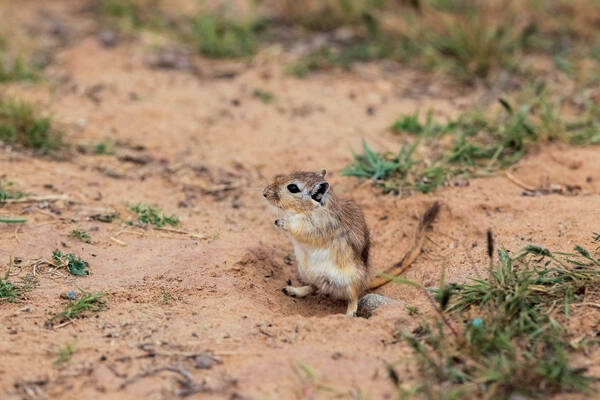
The long-clawed gerbil is a small grassland animal, between the size of a large rat and a small rat, a small to medium-sized rodent, and its appearance is very similar to that of the meridian gerbil. It belongs to the subfamily Gerbillinae. The species-level classification status is stable, and only...

Tamarix gerbils belong to the Gerbillinae subfamily. The species-level classification status is stable, with 5 subspecies. Tamarix gerbils are the largest species of the genus Gerbil, mainly active in semi-desert meadows and grass, and also more in dry riverbeds and abandoned farmland. In the living...
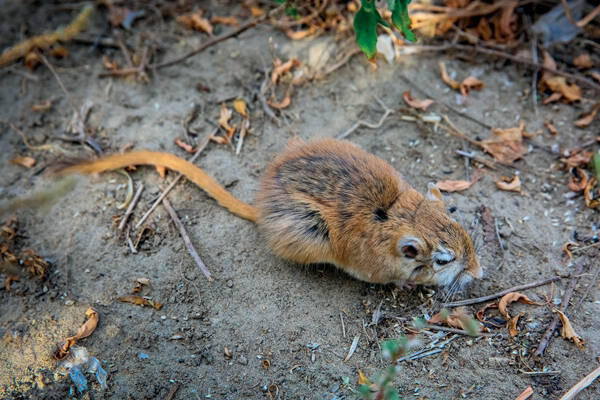
Merionis meridianus is a gerbil unique to my country, belonging to the Gerbillinae subfamily. The species-level classification status is stable, with many subspecies, 15 in total. At least 7 subspecies have been described in China, but whether they are all valid needs further study. It mainly lives...
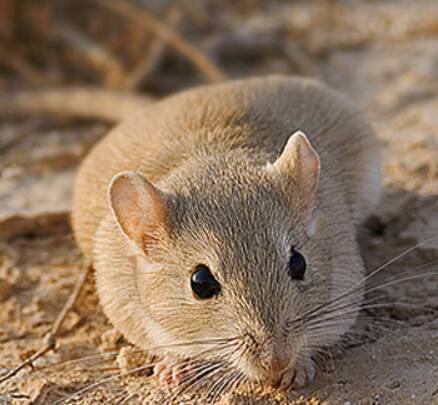
Red-tailed gerbils belong to the Gerbillinae subfamily. The species-level classification status is stable, and there are many subspecies, up to 15. Xinjiang is the eastern edge of the distribution of red-tailed gerbils. It is a common species in desert oases, often cohabiting with giant gerbils (<...
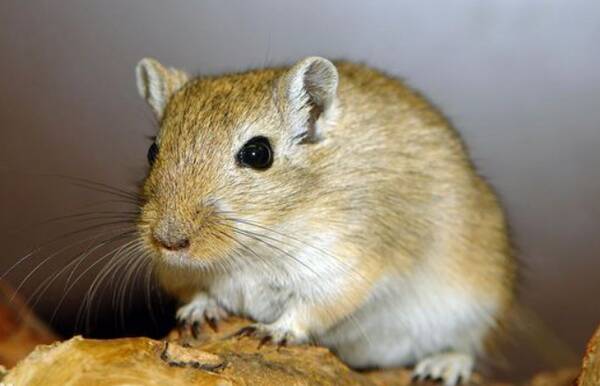
Short-eared gerbils belong to the Gerbillinae subfamily. This genus has only one species, which is only distributed in China. The species-level taxonomic unit is stable, with 3 subspecies. It is an important member of the desert ecosystem, but the number is small, there is little research on it, and...
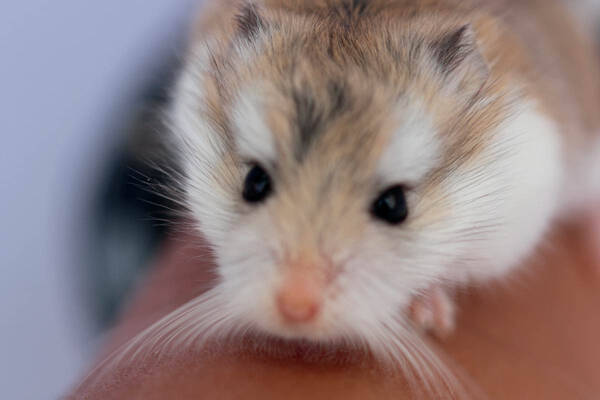
Phodopus roborovskii is a species of the genus Phodopus in the subfamily Cricetinae. The origin of the species is Nanshan in Inner Mongolia, China. The species-level classification status is stable, with 3 synonyms, one of which (<P. r. przewalskii>) is sometimes listed as a species, and somet...

Campbell's hairy-footed mouse belongs to the subfamily Cricetinae. Hairy-footed mouse is the smallest group in the subfamily Cricetinae. Its main identification feature is that its tail is very short, less than 14mm, and the soles of its feet are covered with dense hair. The tail length of other...
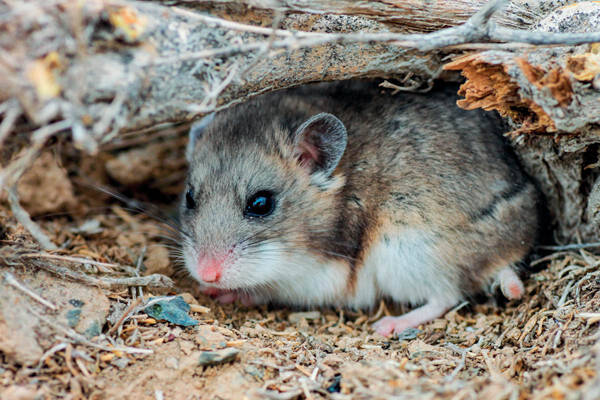
The gray hamster belongs to the subfamily Cricetinae. The taxonomic status of this species is stable, and there are many subspecies, 15 of which are described, 3 of which are in China. It is a species with strong adaptability. According to records (Luo Zexun et al., 2000), this species is distribute...

Kangzang hamster belongs to the subfamily Cricetinae. Its former Chinese name was Tibetan hamster. Its taxonomic status is stable, but there are many subspecies. It was later revised by Wang Song and Zheng Changlin (1973) to have 4 subspecies in China. It is a plateau species, living in alpine shrub...
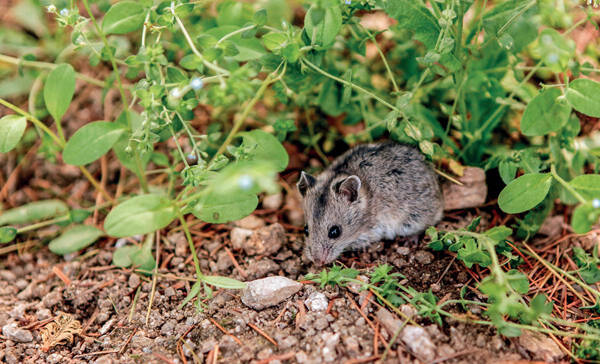
The black-lined hamster belongs to the subfamily Cricetinae. The taxonomic status of this species is stable, but the subspecies are relatively confusing. There are as many as 6 subspecies in my country. Whether they are all valid needs further study. It is a common species in the arid and semi-arid...

Muskrat is commonly known as blue-rooted marten or muskrat. It is named because the glands in its perineum can produce musk-like secretions. Because they live in water and are good at swimming, they are also called water rats or water mice. Muskrat is native to North America and was introduced to th...

Liangshan Grooved Vole belongs to the subfamily Arvicoliniae. It is a new species published by Liu Shaoying et al. (2007). There was only one species in the genus Proedromys: Proedromys bedfordi, and it was rare. Except for the Sichuan Academy of Forestry, there are only three specimens in the world...
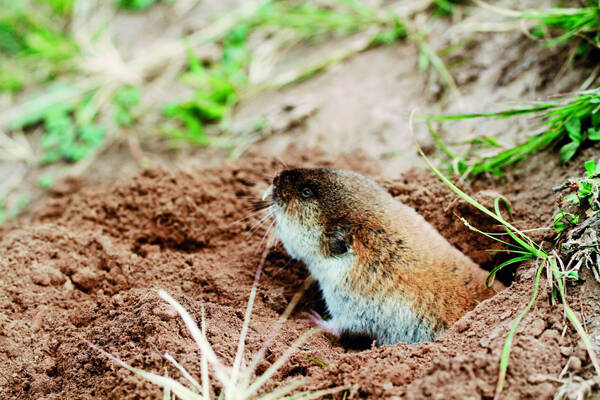
Mole voles belong to the subfamily Arvicolinae. There are 5 species in the world and only 1 species in China. The species-level classification status is stable, and the subspecies are very differentiated. China has 3 subspecies recorded. It is a typical grassland underground rodent. It hardly moves...

The yellow rabbit-tailed rat is a typical semi-desert steppe species and is cold-resistant. It was once classified as the genus <Lagurus>. Gromov & Polyakov (1992) separated the two from the morphology, making <Eolagurus> an independent genus, but whether the independent genus status...
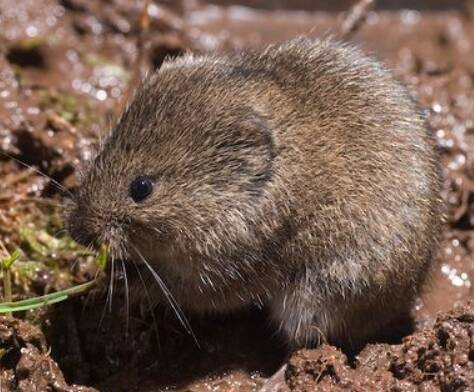
Root voles are very tolerant of moisture, and their population is large in very humid valley wetlands that are submerged even with a slight rise in water. They are harmful to grassland and wetland ecosystems. In terms of classification, they have long been confused with the Qaidam root vole (Microtu...